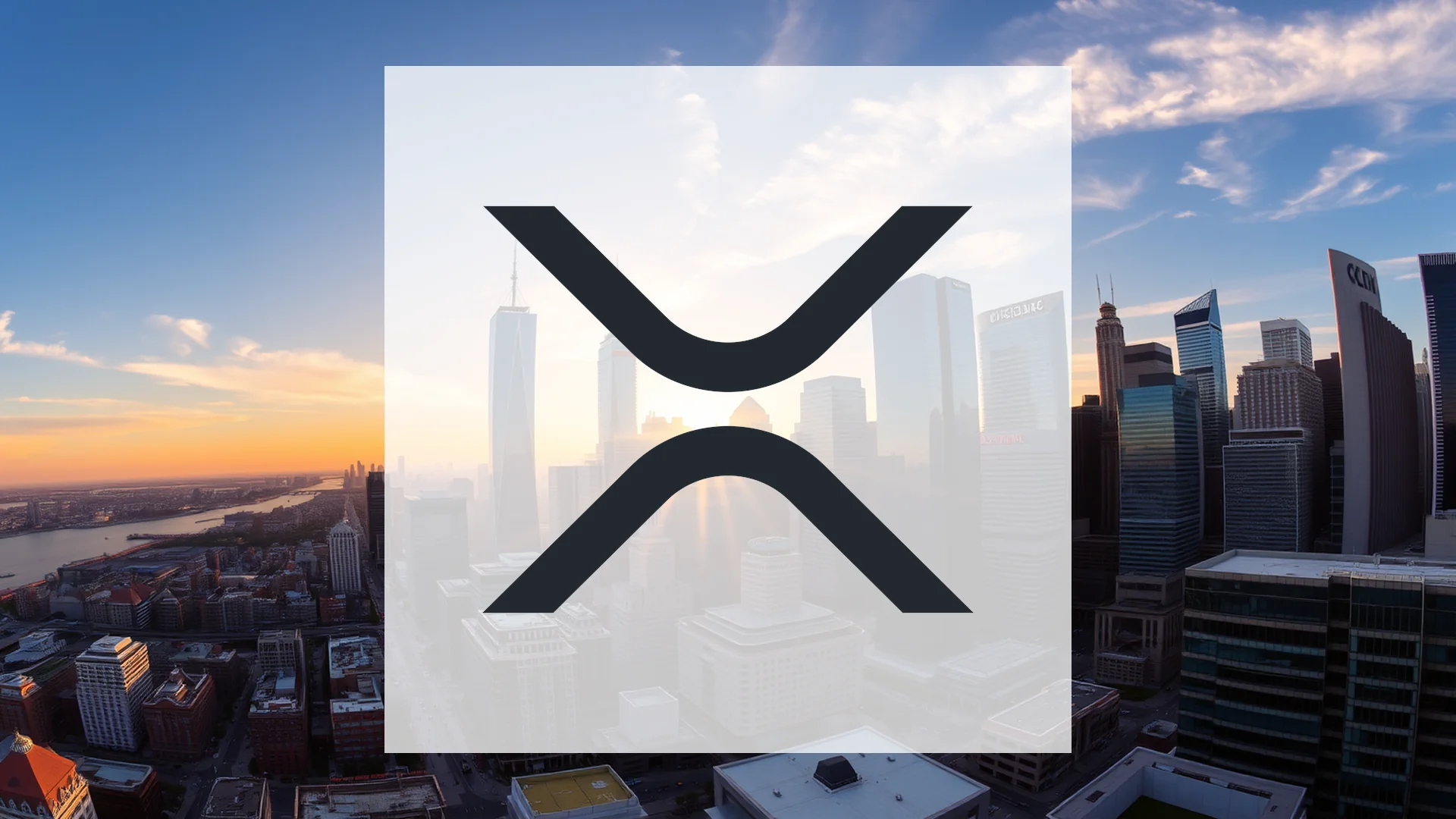Solana’s Critical Juncture: ETF Breakthrough Meets Market Turbulence
The cryptocurrency sector has its attention firmly fixed on Solana as the digital asset experiences a period of dramatic contrasts. While its price faces sustained downward pressure, threatening key support levels, a landmark development is simultaneously unfolding: the debut of not one, but two, spot Solana ETFs in the United States. This influx of institutional capital and surging trading volumes exists alongside concerning technical charts, creating a pivotal moment for investors to assess whether this represents a buying opportunity or a prelude to further decline.
Regulatory Milestone Amid Price Volatility
In a significant step for institutional adoption, the Fidelity Solana ETF (FSOL) and the Canary Marinade Solana ETF (SOLC) commenced trading on major US exchanges. This achievement places Solana ahead of numerous other digital currencies still awaiting similar regulatory approval, granting traditional investors a regulated pathway to exposure.
However, this milestone coincides with notable market weakness. As of Tuesday, November 18, 2025, SOL was trading between $134 and $137, reflecting a sharp weekly decline exceeding 20%. The surge in trading volume, which jumped by as much as 72%, indicates heightened market activity and uncertainty. Technical analysts are monitoring a potential head-and-shoulders pattern forming on the charts, a classic bearish indicator, while on-chain data reveals fragile support below the $144 level.
Ecosystem Expansion Continues Apace
Beyond the price action, Solana’s underlying ecosystem demonstrates robust growth and innovation. Figure Technology Solutions announced plans to issue a registered public security, $YLDS, directly on the Solana blockchain. This asset will be a yield-bearing stablecoin backed by US Treasury securities. In a separate development, DeFi Development Corp. intends to allocate portions of its SOL and stablecoin holdings into Loopscale, an orderbook-based lending protocol built on the network.
The platform’s performance metrics are compelling. Solana’s decentralized exchange (DEX) volume for Q3 2025 reached a substantial $326 billion, marking a 21% increase over the previous quarter. The network’s scalability was further evidenced in January, processing over 200 million transactions daily. With upcoming upgrades like Frankendancer, this capacity has the potential to expand beyond one million transactions per second. Concurrently, the developer community is growing at a record pace.
The Fundamental Question
The central dilemma for investors is whether Solana’s strong fundamental developments—including its pioneering ETF status and thriving DeFi ecosystem—can overpower the current bearish technical sentiment. The coming days will be critical in determining if institutional capital flowing through the new ETFs can catalyze a market turnaround or if the asset will need to seek out deeper support levels first.
Ethereum’s Critical Juncture: Market Turmoil Meets Institutional Accumulation
The cryptocurrency sector is currently experiencing one of its characteristic periods of intense volatility, with Ethereum finding itself at the epicenter of the storm. For the first time in four months, the world’s second-largest digital asset has breached the psychologically significant $3,000 threshold. This represents a staggering decline of more than 35% since its peak valuation in August. However, beneath this surface turbulence, the Ethereum ecosystem continues to demonstrate remarkable vitality, raising questions about whether current conditions represent a hidden opportunity.
Regulatory Developments Gain Momentum
Significant regulatory movements are underway in the United States that could shape Ethereum’s future trajectory. SEC Chairman Paul Atkins is providing concrete details for “Project Crypto,” an initiative aimed at establishing legal clarity through token taxonomy and potential new cryptocurrency regulations. Simultaneously, bipartisan efforts in the Senate are progressing toward legislation that would grant the Commodity Futures Trading Commission expanded oversight authority over digital commodities, including Ethereum.
When combined with Europe’s established MiCA regulatory framework, these developments suggest an emerging global regulatory structure. While regulatory uncertainty may create short-term market hesitancy, most industry observers believe clear regulations will ultimately serve as catalysts for institutional adoption and mainstream acceptance.
Technical Foundations Strengthen Amid Price Weakness
Ethereum’s technological infrastructure continues to advance despite market headwinds. Early November witnessed the network achieving unprecedented activity levels, fueled by robust DeFi operations, NFT transactions, and expanding Layer-2 solutions including Arbitrum, Optimism, and Base.
The upcoming “Fusaka” upgrade scheduled for December 3 promises substantial network improvements: reduced gas fees, enhanced transaction capacity, and superior scalability. Complementing these developments, co-founder Vitalik Buterin recently unveiled “Kohaku,” a developer toolkit designed to bolster privacy features within the Ethereum ecosystem. The clear narrative emerging is one of continued technological progression regardless of temporary price movements.
Institutional Accumulation Contrasts With Retail Selling
Blockchain analytics reveal a fascinating divergence in investor behavior during this downturn. As prices have collapsed, long-term holders have been systematically accumulating Ethereum. Thus far in the current year, a remarkable 17 million ETH has been transferred to accumulation addresses—wallets typically controlled by institutional investors or strategically-minded long-term holders. The total holdings within these addresses have expanded dramatically from 10 million to 27 million ETH.
This creates a striking market dichotomy: while apprehensive retail investors exit positions, sophisticated market participants appear to be leveraging depressed prices as strategic entry points. This dynamic exemplifies the classic investment principle of “buying when there’s blood in the streets.”
Critical Support Zone Under Pressure
The broader digital asset market faces substantial selling pressure, with Bitcoin touching six-month lows and alternative cryptocurrencies experiencing significant depreciation. Ethereum’s decline has positioned it within a crucial price range between $2,895 and $3,150—a zone that blockchain analysts identify as the average acquisition cost for many long-term investors. Historically, this region has provided substantial price support.
Concurrently, cryptocurrency investment funds are reporting their largest weekly outflows since February, with Ethereum-focused products particularly affected. These movements suggest deteriorating confidence among shorter-term oriented market participants, creating a tense environment for the digital asset despite its strong fundamental developments.
Ethereum’s Market Crossroads: Panic Selling Meets Strategic Accumulation
The cryptocurrency sector is weathering its most severe downturn in recent months. Ethereum has breached the psychologically significant $3,000 threshold, joining Bitcoin in its struggle to maintain value as over a billion dollars in positions were liquidated. Market sentiment, as measured by the Fear & Greed Index, has plunged to its lowest point since February, indicating widespread panic. Yet, while retail investors appear frozen, major market participants are actively buying. This divergence raises a critical question: are institutional players identifying an opportunity that the broader market is missing?
Whale Activity Defies Prevailing Gloom
Beneath the surface of the bearish sentiment, on-chain data reveals a contrasting narrative. According to analytics firm Santiment, periods of “extreme pain” for traders often create the most favorable buying conditions. Their Market Value to Realized Value (MVRV) metric currently places Ethereum in an “Extreme Buy Zone,” with the average trader sitting on unrealized losses of -15.4%.
This data becomes particularly insightful when observing whale behavior. Reports indicate that large investors are strategically accumulating assets, specifically increasing their leveraged long positions in Ethereum and Solana. Their actions suggest a belief that the market is oversold and poised for a recovery. The stark contrast between negative market sentiment and this bullish accumulation by whales could serve as a classic contrarian indicator.
A Brutal Correction Unfolds
The immediate picture is undoubtedly grim. Ethereum is currently trading around $2,968, reflecting a 24-hour decline exceeding 5%. This places it squarely within a brutal corrective wave that has erased billions in market capitalization. The trading volume skyrocketed by 68%, mirroring the frantic activity of nervous investors liquidating their holdings.
This sharp downturn is attributed to a confluence of factors. Significant profit-taking following weeks of substantial gains, combined with macroeconomic pressures and lingering uncertainty regarding future regulations, has driven a wave of selling. The overall mood is chaotic and emotionally draining—a radical departure from the euphoria that dominated just weeks ago.
Ecosystem Dynamics and Regulatory Progress
Despite the market turbulence, Ethereum’s ecosystem continues to demonstrate underlying strength and development. Earlier in November, the network’s on-chain activity hit a record high, fueled by robust engagement in DeFi, NFTs, and Layer-2 solutions. The subsequent decline in activity on the base blockchain can be partially explained by the successful migration of volume to scaling solutions like Arbitrum and Optimism, which now process millions of transactions daily.
Technological advancement remains a priority. Ethereum co-founder Vitalik Buterin recently unveiled “Kohaku” at the Devcon conference—a privacy-centric Software Development Kit. This tool is designed to empower developers to build more secure and private wallets, thereby enhancing user anonymity. The initiative from the Ethereum Foundation signals a clear commitment to bolstering data protection within the network.
Concurrently, the regulatory landscape is gaining clarity. The U.S. Securities and Exchange Commission (SEC) is advancing its “Project Crypto,” while the Senate deliberates on bipartisan legislation that would grant the Commodity Futures Trading Commission (CFTC) expanded authority over digital commodities. Globally, standards are being set through the European Union’s MiCA regulation and new frameworks in financial hubs like Hong Kong and Japan.
It is important to note, however, that challenges persist within the ecosystem. The Total Value Locked (TVL) in Ethereum’s decentralized finance sector has decreased by 13% to $74 billion, and trading volumes on decentralized exchanges have also shown weakness.










